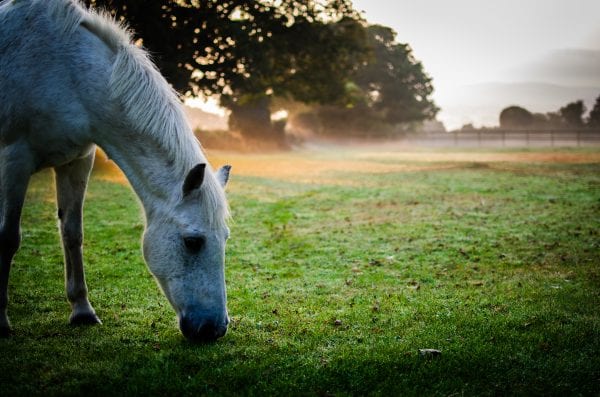
The statue has become a monument, an untouchable testament to a moment in the classical past. Pasquinades must now be placed decorously on an adjoining board erected for the purpose, not unlike a book for comments in a museum. or a Roman copy, is the affixing of pasquinades to its base no longer permitted. Only in our day, now that the statue is considered either a Hellenistic original of the third century b.c. Should spray-painted protest graffiti be removed? Or has it become part of these images’ historical fabric, a record of response more compelling than, and an important corrective to, the motives of those who commissioned the monuments?ĭuring the Renaissance, Roman citizens honored a Hellenistic statue rescued from the Tiber River in 1501-five years before the recovery of the famous Laocoön Group-by plastering it with political lampoons that lent the figure its name, Pasquino, and made of it a “talking statue” that broadcast popular discontent, with the papacy in particular. At a time when monuments that memorialize the Confederacy, slavery, and the oppression of minorities are being defaced, destroyed, and dismantled-in some cases to be hauled off to museums, in others to be consigned to the junkheap of history, often with good reason-the question of responsible restoration is all the more pertinent. Works of art have become the cult objects of our day, just as museums have become our temples. Each of these controversies serves as an index, not only of the value of the work in question, but also of the extent to which we as a society vest value in relics of the past. Still, one must ask what constitutes a responsible restoration. In each instance, the blame lies at least as much with those who commissioned restorations from unqualified amateurs as with the so-called restorers themselves. There is no need to mourn their loss as one might the Buddhas of Bamyan, destroyed by the Taliban in a deliberate act of iconoclasm in 2001. In fact, the Ecce Homo of Borja was a work of no consequence, an utterly conventional twentieth-century copy from a Baroque model derived from Guido Reni (1575–1642). None of the Spanish works was a masterpiece. Bean in which, while visiting a library, our hero sneezes on the Très Riches Heures of Jean, Duc de Berry-one of the most famous manuscripts of the Middle Ages-then completes the destruction while attempting haplessly to undo the damage.

Each of these infamies brings to mind the episode of Mr. George on horseback, also in Spain, that left it looking like a carousel figure. The infamous “Monkey Christ” of Borja, Spain, now a tourist attraction with a dedicated museum installation, provoked similar hilarity in 2012, as did the slipshod restoration in 2018 of a late medieval statue of St. According to the antiphon for Second Vespers of the feast, “You are all beautiful, Mary, and the original stain is not in you.” No longer! The “restored” Virgin might as well have been touched up by a kindergartener with finger paint. The most recent atrocity was inflicted on a copy of a famous painting of the Immaculate Conception by the Spanish Baroque artist Bartolomé Esteban Murillo (1617–1682). That these stories have focused on the mutilation of works of religious art is no accident: Ineptitude combines with sacrilege.


N recent years, reports have appeared in the media of art restorations so appalling they produce howls of laughter.


 0 kommentar(er)
0 kommentar(er)
